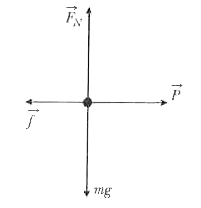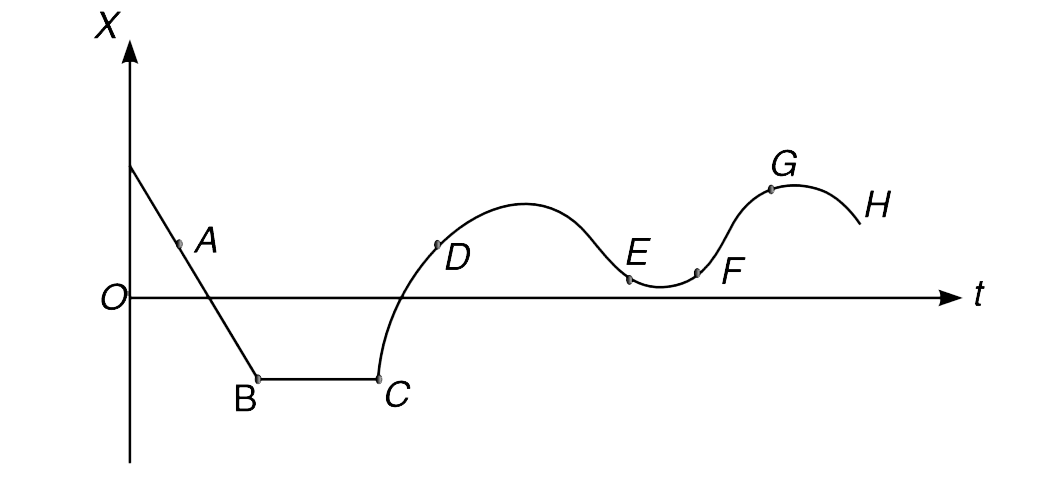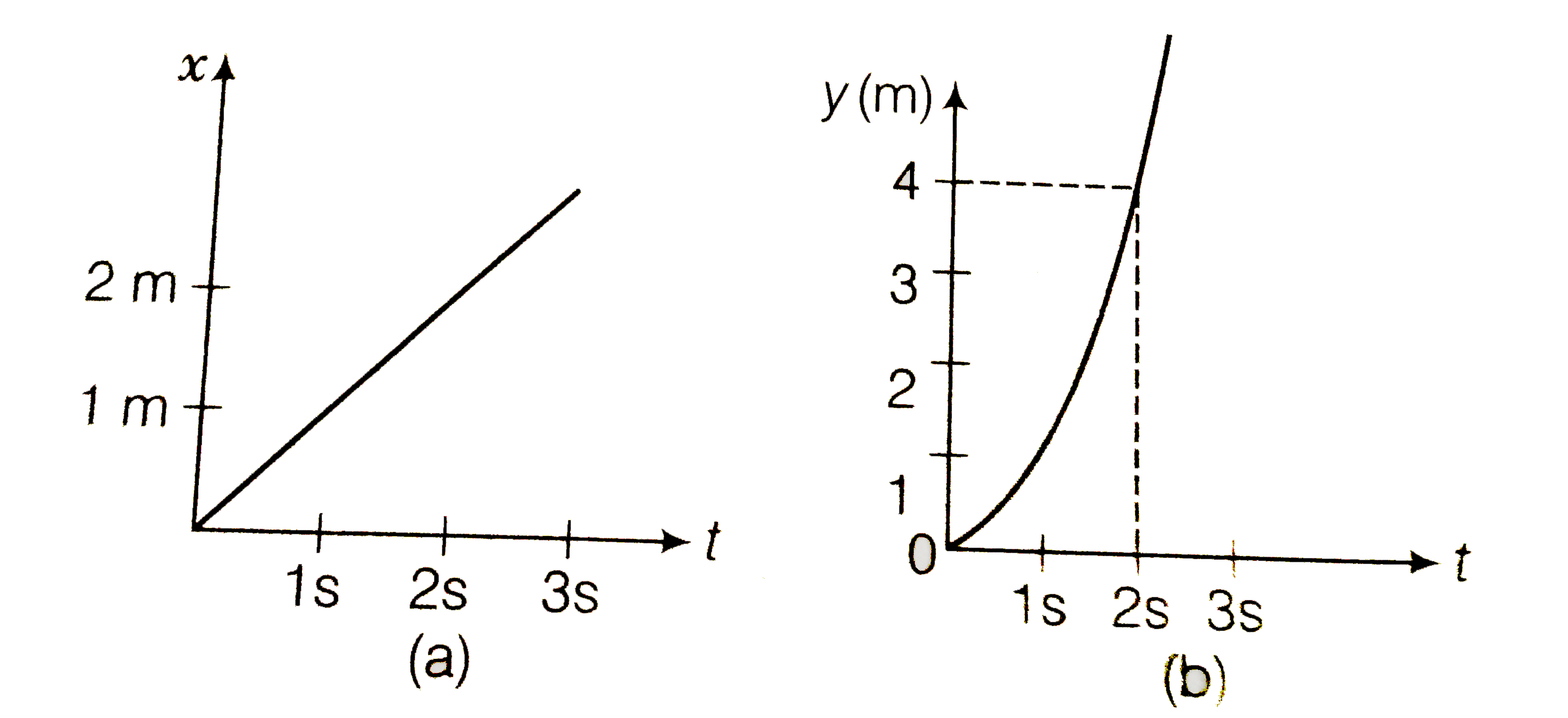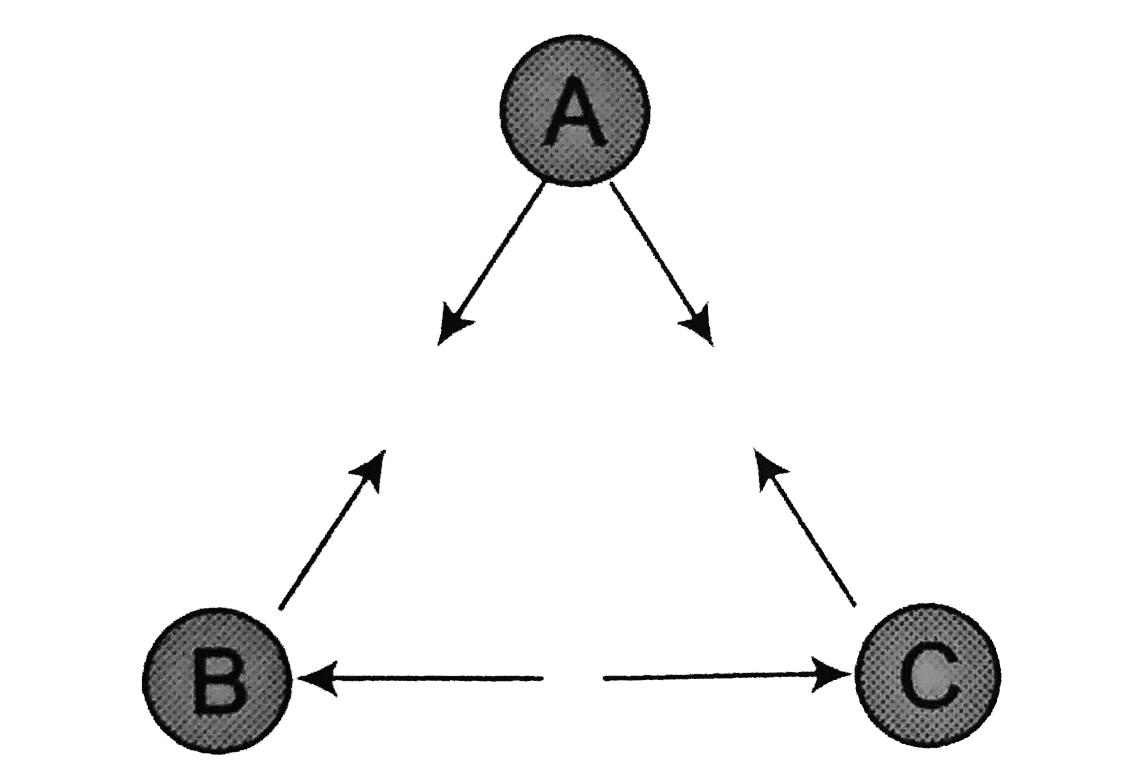Choose appropriate free body diagram for the particle experiencing net acceleration along negative y direction. (Each arrow mark represents the force acting on the system).




The correct Answer is:C
Topper's Solved these Questions
- LAWS OF MOTIONBOOK - NCERT TAMILCHAPTER - LAWS OF MOTIONEXERCISE - EXERCISE (V. Numerical Problems)
14 Videos
- LAWS OF MOTIONBOOK - NCERT TAMILCHAPTER - LAWS OF MOTIONEXERCISE - EXERCISE (V. Numerical Problems)
14 Videos
- LAW OF MOTIONBOOK - NCERT TAMILCHAPTER - LAW OF MOTIONEXERCISE - EXERCISE (ADDITIONAL EXERCISE)
17 Videos
- MECHANICAL PROPERTIES OF FLUIDS BOOK - NCERT TAMILCHAPTER - MECHANICAL PROPERTIES OF FLUIDS EXERCISE - EXERCISE
45 Videos
Similar Questions
Consider a body moving along a circular path of radius R. Given some statements:- (a) The acceleration of the body is directed towards the centre. (b) The acceleration of the body is directed towards the tangent. (c) One of the forces acting on the body must be variable in nature. (d) The radial acceleration of the body is non-zero. Which of the statements are always true?
View SolutionThe position vector →r of a particle points along the positive direction of a z axis. If the torque on the particle is (a) zero, (b) in the negative direction of x, and ( c) in the negative direction of y, in what direction is the force causing the torque?
View Solution
Knowledge Check
A block is pulled along a rough level surface at constant speed by the force →P. The figure shows the free-body diagram for the block.→FN represents the normal force on the block, and →f represents the force of kinetic friction

What is the magnitude of −→FN ?AWhat is the magnitude of ?B2mgCfDPThe potential energy of a conservative system is given by U=ay2-by,where y represents the position of the particle and a as well b are constants.What is the force acting on the system?
A−ayB−byC2ay−bDb−2ayIf two forces each of magnitude 20N, are acting on a particle such that the first force (→E1) is acting along east direction and the second force (vercF2) is acting along the direction 60∘ north of west, then the magnitude of resultant force on particle is
A20NB20√3NC20√3NDNone of these
The position time graph for a particle moving along X axis has been shown in the fig. At which of the indicated points the particle has
(i) negative velocity but acceleration in positive X direction.
(ii) positive velocity but acceleration in negative X direction.
(iii) received a sharp blow (a large force for negligible interval of time)?

View SolutionFigure shows (x,t) (y,t) diagram of a particle moving in 2-dimensions.

If the particle has a mass of 500 g , find the force (direction and magnitude) acting on the particle .
View SolutionIf two forces each of magnitude 20N, are acting on a particle such that the first force (→E1) is acting along east direction and the second force (vercF2) is acting along the direction 60∘ north of west, then the magnitude of resultant force on particle is
View SolutionThe diagram shows the arrangement of three small uniformally charged spheres, A,B and C. The arrow indicate the direction of the electrostatic forces acting between the spheres (for example, the left arrow on sphere A indicates the electronstatic force on sphere A due to sphere B). At least two of the spheres are positively charged. Which sphere, if any, could be negatively charged?

View SolutionThe diagram shows the arrangement of three small uniformly charged spheres, A,B and C. The arrow indicate the direction of the electrostatic forces acting between the spheres (for example, the left arrow on sphere A indicates the electrostatic force on sphere A due to sphere B). At least two of the spheres are positively charged. Which sphere, if any, could be negatively charged?

View Solution
